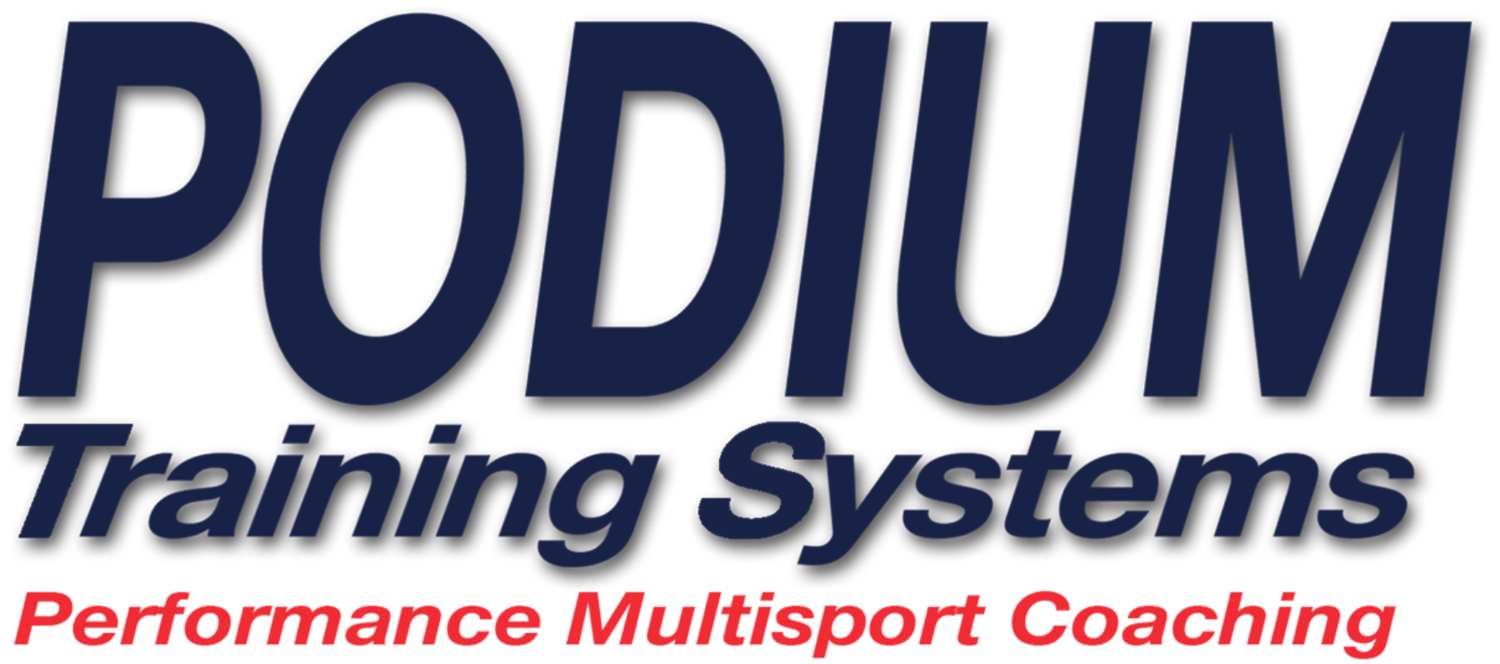Training for a triathlon is hard work. Training for most any endurance event is.
However, to perform well you need to train with high intensity and quality, and sometimes it's difficult to keep the motivation up. Those early mornings - the sun isn't up yet and you're heading out to run, or driving to the pool. Or, worse yet, you're getting on the bike trainer.
Those are tough sessions to get up for. You're tired. The sun isn't yet up. You're by yourself......
Read morelast year I wrote about the impact of aging and training and how recovery, and intensity, change as we become older. You can read the entire post at the provided link here if you'd like to get a little background. But, in summary, our recovery periods can begin take longer as we age, and our ability to do the work levels we once found sustainable can / will begin to diminish. Dealing with these inevitable factors of life can be difficult for some. Myself included.
Read moreI can't tell you how many times I've heard a triathlete state: "I don't need to do flip turns .... I'm not going to do a flip turn in open water, so why should I here in the pool?" A recent post on VeloPress reminded me of how frequently this topic comes up, and why that statement is so off the mark.
First of all, it's true: You won't be doing any flip turns during your open water swim. You've got me there, Captain Obvious. However, doing a harmless open turn during training is, potentially, doing more harm than you might think
Read moreRacing season is upon us. My athletes are - just after this past weekend - into full racing mode. With that, the demand from triathletes to hone and enhance their swim strokes is going up.
Swimming is perhaps the most mechanically dependent discipline in triathlon. Not that running and cycling aren’t without their mechanics and efficiency, but nowhere do you find such a direct relation to economy of stroke, mechanical efficiency, and speed. That being said, having a clean, efficient, and strong pull phase of the swim stroke is one of the most important things to focus on in the swim. Now, I'm certainly not discounting body position, head position, and other aspects of the stroke. But for now, let's just focus on the pull phase of the stroke as this is where the majority of the propulsion is derived. Maximizing the energy spent in this phase of the stroke is critical to the economy we can build into the swim.
What do I look for? First and foremost, a quick catch phase. This is the phase of the stroke, immediately after your hand enters the water, that you’re starting the stroke and “grabbing” water. The catch needs to happen quickly – removing a long glide phase from the stroke cycle. Why? In open water, there's too much cavitation of water from other swimmers around you. The goal is to catch water that isn't moving (or at least not moving as quickly as you) to help provide maximum propulsion.
Read more
